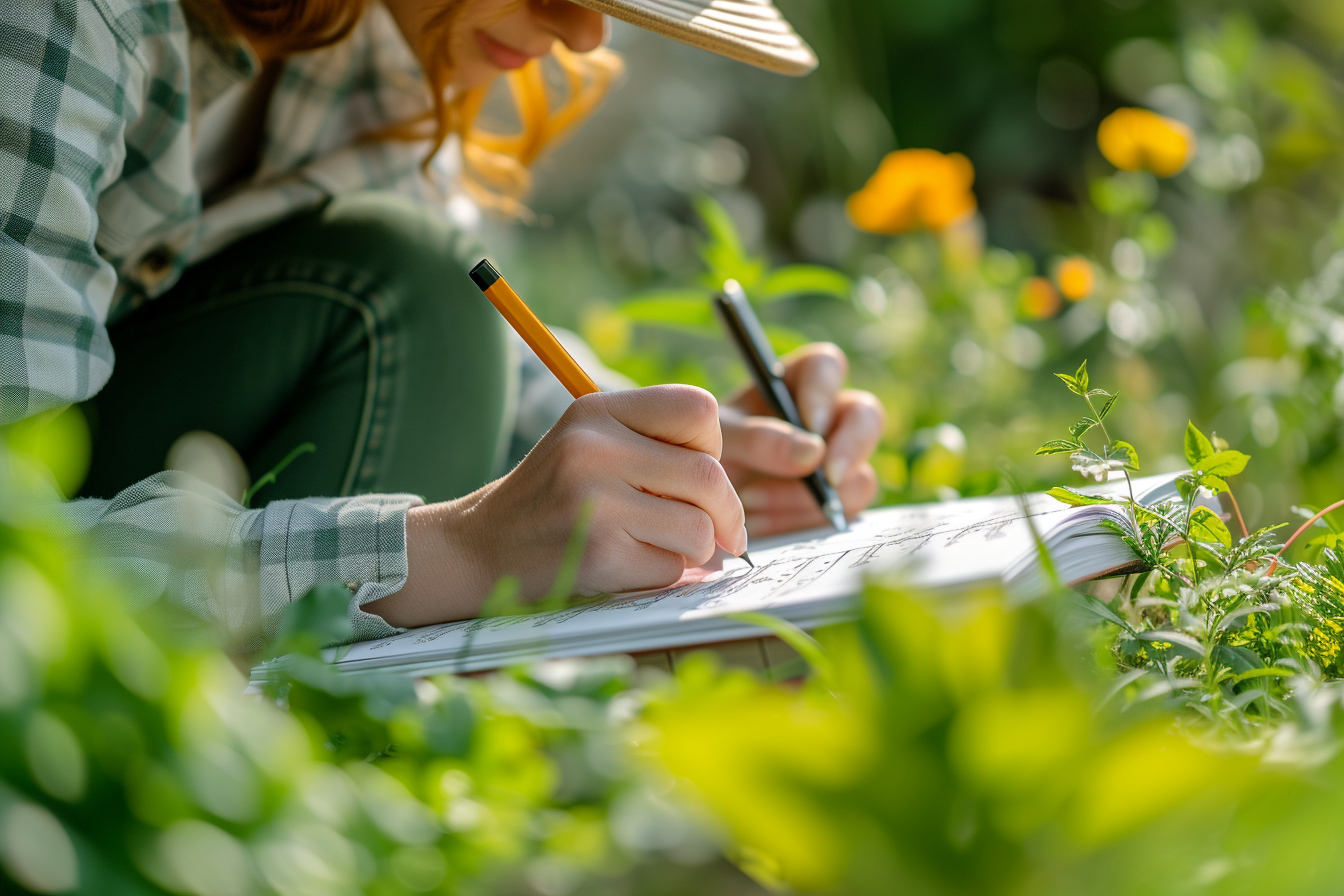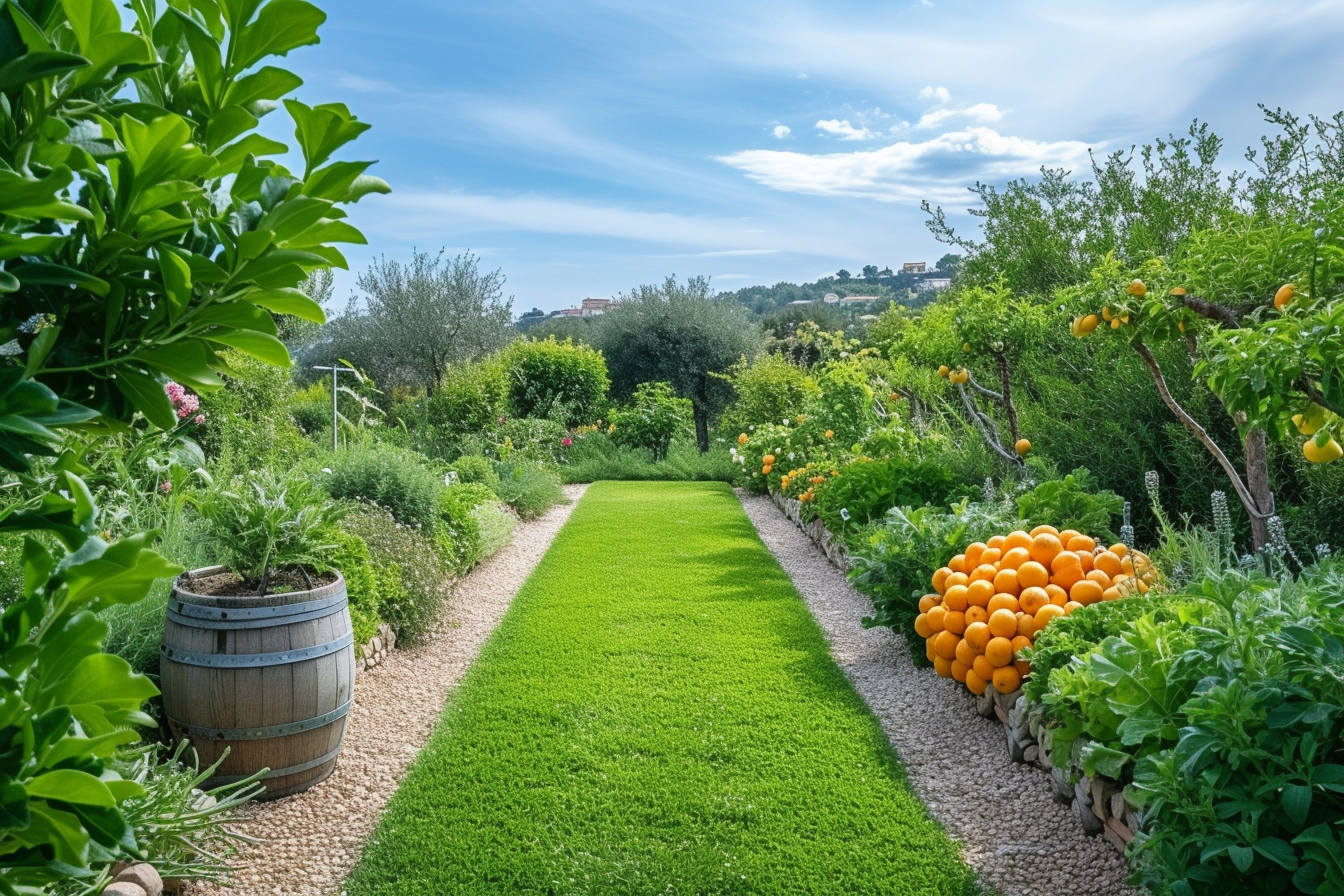Sustainable practices in organic gardening foster not only a thriving garden but also contribute to the health of the ecosystem at large. This comprehensive exploration into organic gardening techniques offers gardeners, both novice and seasoned, a road map to cultivating their gardens in harmony with natural processes and cycles.
Understanding organic gardening
Organic gardening is a method of growing plants without using synthetic fertilizers, pesticides, or genetically modified organisms (GMOs). Instead, it relies on a suite of practices that enhance biodiversity, soil health, and ecological balance. Embracing organic gardening means nurturing a system where the living soil, plants, insects, and microorganisms coexist in a sustainable and mutually beneficial relationship.
Building healthy soil
Healthy soil is the foundation of an organic garden. Soil teeming with life — full of beneficial bacteria, fungi, and other microorganisms — provides the nutrients plants need to grow strong and resilient. Practices to enrich soil include:
- Composting: This age-old method recycles kitchen scraps and garden waste, turning it into rich humus that feeds the soil.
- Cover Crops: Planting cover crops like clover or vetch can fix nitrogen in the soil and prevent erosion.
- Mulching: A thick layer of mulch conserves moisture, suppresses weeds, and, as it decomposes, adds organic matter to the soil.
Pest management
Instead of chemical pesticides, organic gardeners use integrated pest management (IPM) strategies to keep pests at bay. This involves:
- Cultural Controls: Healthy plants are less likely to succumb to pests. Techniques like crop rotation and proper spacing reduce pest populations.
- Physical Barriers: Floating row covers or insect netting protect plants from pests without the need for chemicals.
- Biological Controls: Beneficial insects, such as ladybugs and lacewings, are natural predators to many common pests. Encouraging their presence can help maintain the ecological balance.
Water conservation
Water is a precious resource. Organic gardens maximize its usage through techniques like:
- Drip Irrigation: Delivering water directly to the roots of plants minimizes waste.
- Rainwater Harvesting: Collecting rain to use during drier periods lessens the dependence on municipal water systems.
- Xeriscaping: Choosing plants adapted to local conditions reduces the need for supplemental watering.
Maximizing plant health
The vibrancy of a garden is noticeable when plants are robust and productive. Achieving this in an organic garden involves:
- Selecting the Right Plants: Choosing plants suited to the local climate and resistant to local pests is the first step toward a vigorous garden.
- Optimal Plant Nutrition: Using organic fertilizers like fish emulsion, seaweed extracts, or bone meal provides plants with a balanced diet.
- Encouraging Pollinators: A garden full of bees, butterflies, and other pollinators is a sign of a healthy ecosystem. Planting a variety of flowers ensures these vital creatures visit the garden.
Embracing diversity
Biodiversity is not just a buzzword; it’s a principle of life. A diverse garden is a resilient garden. This includes:
- Interplanting: Growing different species together can deter pests and diseases and utilize space more efficiently.
- Creating Habitats: Features like birdhouses, bee hotels, and natural hedgerows attract wildlife that contributes to the garden’s health.
- Crop Diversity: Cultivating a wide range of crops reduces the risk of a total loss from pests or diseases.
Planning and design

Thoughtful planning is a hallmark of successful organic gardens. Considerations include:
- Rotation and Succession Planting: Rotating crops and planning for successive plantings ensure a continuous harvest and limit disease build-up.
- Companion Planting: Certain plants have mutually beneficial relationships, like beans adding nitrogen to the soil for corn.
- Garden Layout: Designing the garden with functionality and aesthetics in mind can enhance both its productivity and the pleasure of gardening.
Continual learning and adaptation
Organic gardeners remain students of nature, observing and adapting to changes. Embracing change may involve:
- Keeping a Garden Journal: Detailed records of what works and what doesn’t can inform future gardening decisions.
- Experimentation: Trying new techniques or plant varieties fosters learning and can lead to surprising successes.
- Community Engagement: Sharing experiences with other gardeners enriches individual knowledge and supports the wider organic gardening community.
Organic gardening is as much an art as it is a science. It requires patience, attentiveness, and a reverence for nature’s processes. Whether managing a small backyard plot or a sprawling community garden, implementing the outlined sustainable practices can lead to a vibrant and life-affirming space.
This deep dive into organic gardening techniques shows the intricate web of practices that support the ethos of sustainability. From the microscopic life in the soil to the pollinators dancing from flower to flower, each element plays a crucial role in the garden’s health. By fostering these relationships and continually seeking harmony with the environment, an organic garden can truly thrive, becoming a testament to the enduring power of nature’s way.


Leave a Reply